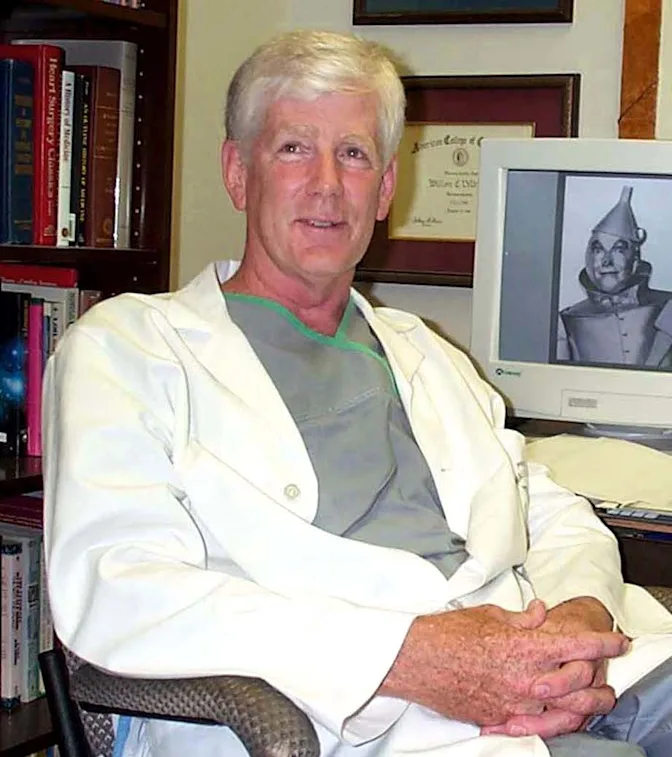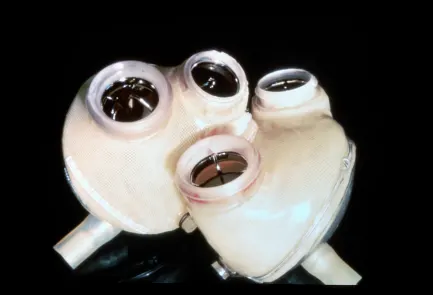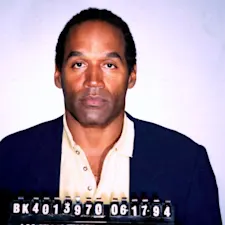
The First Artificial Heart's Legacy 30 Years Later
Thirty years ago, a groundbreaking medical procedure at the University of Utah captivated the world. On Dec. 2, 1982, cardiothoracic surgeon Dr. William C. DeVries performed the first permanent artificial heart implantation, marking a milestone in medical history. This operation not only extended the life of Barney Clark, a retired dentist, by 112 days but also paved the way for future advancements in heart failure treatment. Now, three decades later, the impact of this pioneering surgery continues to influence modern medicine.
 Dr. William C. DeVries, the heart specialist who implanted the world's first permanent artificial heart in the 1980s. Photo courtesy of Linda D. Kozaryn, American Forces Press Service. Public domain.
Dr. William C. DeVries, the heart specialist who implanted the world's first permanent artificial heart in the 1980s. Photo courtesy of Linda D. Kozaryn, American Forces Press Service. Public domain.
The Birth of the Jarvik-7
The Jarvik-7, the world's first permanent artificial heart, was named after Dr. Robert Jarvik, who developed the device as a solution for patients with end-stage heart failure. Barney Clark, whose heart had deteriorated due to years of treatment with steroids, became the first person to receive this innovative device. The Jarvik-7 took over the functions of Clark's failing heart, maintaining circulation through a connection to a 400-pound air compressor that accompanied him for the rest of his life.
 Jarvik-7 heart. Photo courtesy of the National Heart, Lung, and Blood Institute (NHLBI). Public domain.
Jarvik-7 heart. Photo courtesy of the National Heart, Lung, and Blood Institute (NHLBI). Public domain.
The procedure was both a scientific marvel and a subject of ethical debate, with some equating it to humanity's early ventures into space, while others raised concerns over the ethical implications of such a drastic intervention.
The 112-Day Journey
Barney Clark's post-surgery journey was closely monitored by the world. For 112 days, Clark lived with the Jarvik-7, enduring both challenging and hopeful moments. His determination to undergo the surgery was driven not just by a desire to extend his life but by a commitment to contribute to medical science. Clark's experience highlighted the possibilities and limitations of early artificial heart technology, and his legacy continues to inspire advancements in the field.
Clark was hopeful that Jarvik-7 would be able to keep him alive until he received a donor's heart. Clark died suddenly on March 23, 1983, due to complications related to the device, proving the limitations of the medical marvel.
Advancements in Heart Technology
Since Clark's surgery, significant progress has been made in the development of artificial heart devices. While the Jarvik-7 was groundbreaking, it also underscored the challenges of early artificial heart technology. Today, advancements in ventricular assist devices (VADs) have provided more effective options for patients with end-stage heart failure. These devices, smaller and more refined than the Jarvik-7, can either serve as a bridge to transplantation or as a long-term solution for patients ineligible for transplants.
Additionally, the focus of current research has shifted toward biological solutions, with the aim of helping the heart recover its function, potentially eliminating the need for transplants altogether.
The Ongoing Legacy
The first implantation of the Jarvik-7 artificial heart was more than just a medical procedure — it was a turning point in how we approach heart failure treatment. The legacy of Barney Clark and the pioneering work of the University of Utah continue to influence medical research and innovation. Today's advancements, including sophisticated VADs and new approaches to cardiac recovery, are built on the foundation laid by this historic event.
Thirty years after the first artificial heart was implanted, the medical field continues to benefit from the lessons learned during Barney Clark's 112-day journey. As technology and medicine evolve, the legacy of the Jarvik-7 and the courage of its first recipient serve as a reminder of what is possible when boundaries are pushed.
References: The First Artificial Heart, 30 Years Later | Celebrating the Anniversary of the Artificial Heart
























